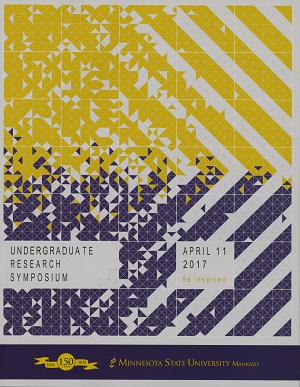The Rise of the Cosmic Dance Among the Renaissance Nobility
Location
CSU 201
Start Date
11-4-2017 11:05 AM
End Date
11-4-2017 12:05 PM
Student's Major
Theatre and Dance
Student's College
Arts and Humanities
Mentor's Name
Julie Kerr-Berry
Mentor's Department
Theatre and Dance
Mentor's College
Arts and Humanities
Description
During the 14th to 16th centuries, Renaissance dance had a complex history in terms of whether or not it was considered an appropriate activity for people to participate in by church and public officials.
Historical dance research during Renaissance revealed a renewed interest in classical Greek and Roman philosophy. Subsequently, dance was viewed as a way to physically parallel the pathways of the stars, moons, and planets that were amidst the heavens. This perspective, which was introduced by Plato, provided evidence that dance was worthy of being performed by upper class peoples. The other viewpoint consisted of condemning dance as a "devilish invention," which was an idea perpetuated by early Christian sources. According to McGowan (2008), dance truly encapsulated the "political, social, and aesthetic climate of the age (p. 304)." This paper will focus on those elements of Plato's philosophy about dance and examine how those ideas were embodied, as well as hierarchy that established what dance was appropriate versus those considered sinful. This paper's significance is how it utilized Plato philosophy, applied it to the Renaissance, and to dance. It concludes by acknowledging how religious beliefs during this era will clarify why dance, at time, held negative connotations. The friction between dance and religion is relevant today.
The Rise of the Cosmic Dance Among the Renaissance Nobility
CSU 201
During the 14th to 16th centuries, Renaissance dance had a complex history in terms of whether or not it was considered an appropriate activity for people to participate in by church and public officials.
Historical dance research during Renaissance revealed a renewed interest in classical Greek and Roman philosophy. Subsequently, dance was viewed as a way to physically parallel the pathways of the stars, moons, and planets that were amidst the heavens. This perspective, which was introduced by Plato, provided evidence that dance was worthy of being performed by upper class peoples. The other viewpoint consisted of condemning dance as a "devilish invention," which was an idea perpetuated by early Christian sources. According to McGowan (2008), dance truly encapsulated the "political, social, and aesthetic climate of the age (p. 304)." This paper will focus on those elements of Plato's philosophy about dance and examine how those ideas were embodied, as well as hierarchy that established what dance was appropriate versus those considered sinful. This paper's significance is how it utilized Plato philosophy, applied it to the Renaissance, and to dance. It concludes by acknowledging how religious beliefs during this era will clarify why dance, at time, held negative connotations. The friction between dance and religion is relevant today.
Recommended Citation
Anthony, Alyssa. "The Rise of the Cosmic Dance Among the Renaissance Nobility." Undergraduate Research Symposium, Mankato, MN, April 11, 2017.
https://cornerstone.lib.mnsu.edu/urs/2017/oral-session-05/3



